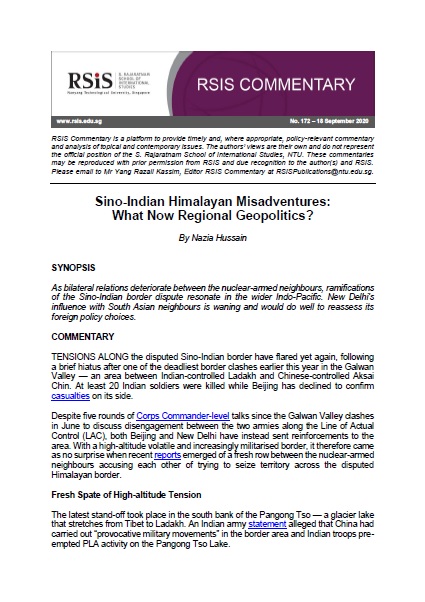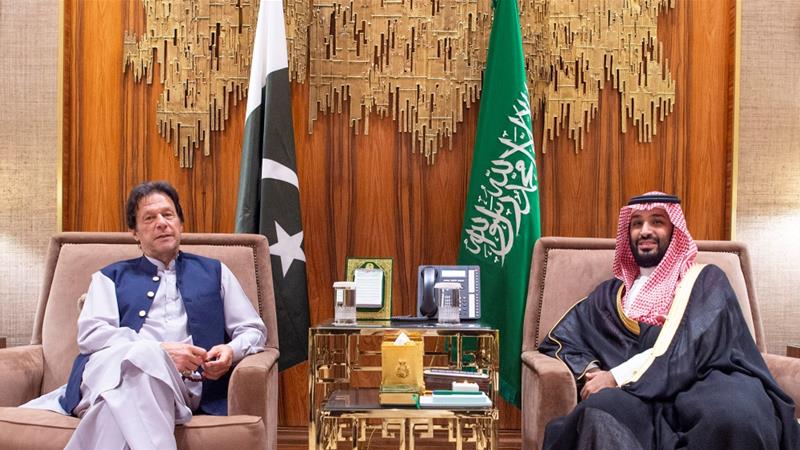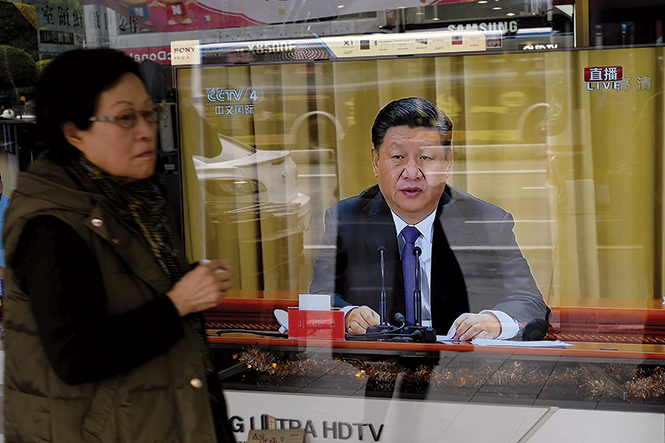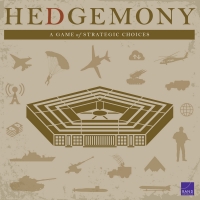Robert E. Hamilton
“It’s your turn, doctor.” Those words, scrawled on a wall by teenagers in the southern Syrian city of Der’a in March 2011, were the harbingers of what has become the bloodiest war started in the 21st century. Within days, the teenagers were arrested, and thousands of people poured into the streets to demand their release. A police crackdown killed at least 100 of the protestors, and unrest spread. By July, protests had erupted in other cities, and Syrian military officers began to defect to form the Free Syrian Army, the first organized opposition to the Bashar al Assad regime. That same month, Abu Bakr al-Baghdadi, the leader of a still obscure al Qaeda splinter group in Iraq, sensed an opportunity in the chaos unfolding in Syria. Baghdadi dispatched operatives to recruit fighters for the group that eventually rampaged across Syria and Iraq under the banner of the Islamic State of Iraq and Syria (ISIS).
In July 2012, opposition forces captured eastern Aleppo and named it their de facto capital. The next spring, an opposition coalition that included ISIS and the Al Nusra Front, at the time al Qaeda’s affiliate in Syria, captured Raqqa. The desperate Syrian government turned to chemical weapons, killing hundreds of people in a chemical attack in East Ghouta in August 2013 and crossing a “red line” established by U.S. President Barack Obama the previous year. The Russian Federation, which had been watching nervously as one of its few partners in the Middle East teetered on the verge of collapse, brokered a deal with the United States for the Assad regime to turn over its chemical weapons to avert a U.S. strike.
In summer 2014 ISIS, which had been steadily gaining strength, tore across much of Syria, crushing government forces and other opposition groups alike. Al-Baghdadi, who had moved from Iraq to Syria the previous year, announced the establishment of a caliphate across large parts of both countries, declared himself its leader, and rebranded his movement the Islamic State. By September, Islamic State fighters had besieged Kobani, along the Turkish border, causing many of its residents to flee. U.S. policy on Syria, which had to this point been ambiguous and uncertain, suddenly had a clear objective: defeat the Islamic State. The United States and its coalition partners launched airstrikes on Islamic State fighters in Syria, and the U.S. military began a program to train and equip so-called “moderate opposition groups” to fight the Islamic State. The United States relied on a separate, clandestine train-and-equip program to put pressure on the Assad regime to compromise and allow for a governing body to take his place.


















